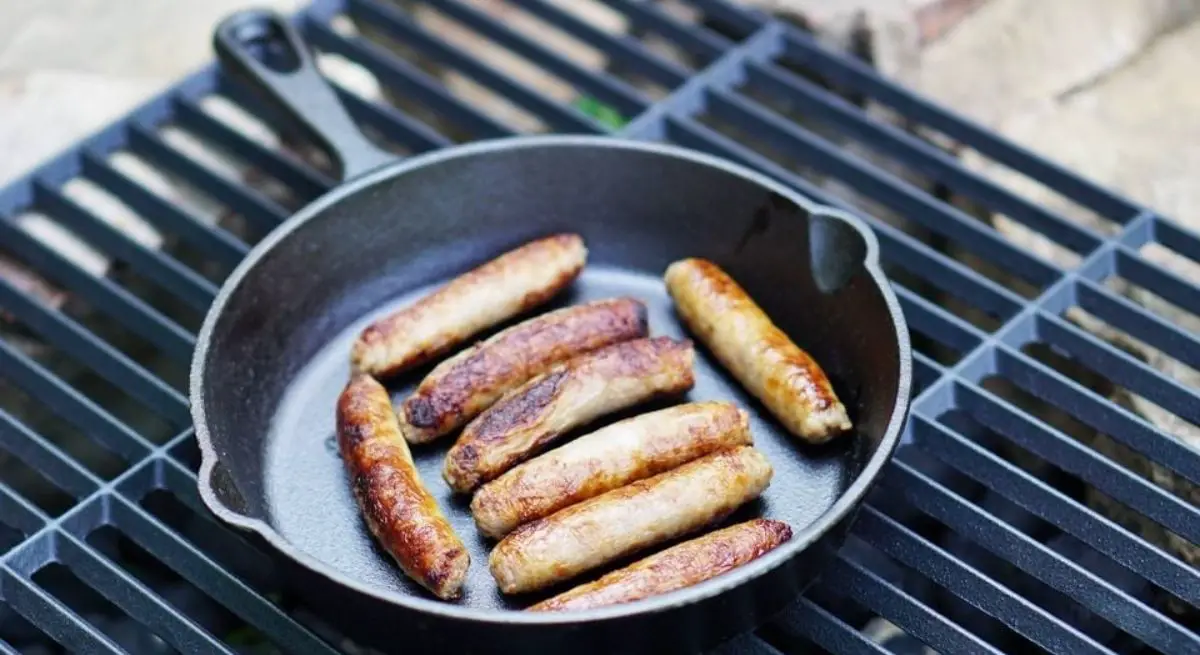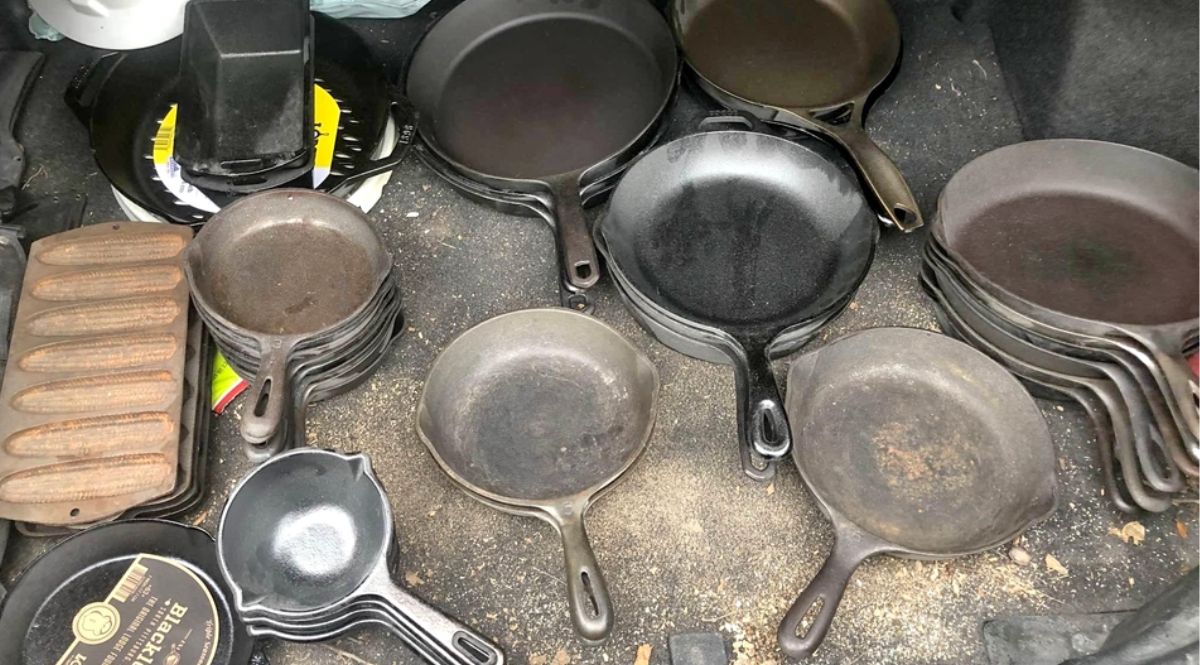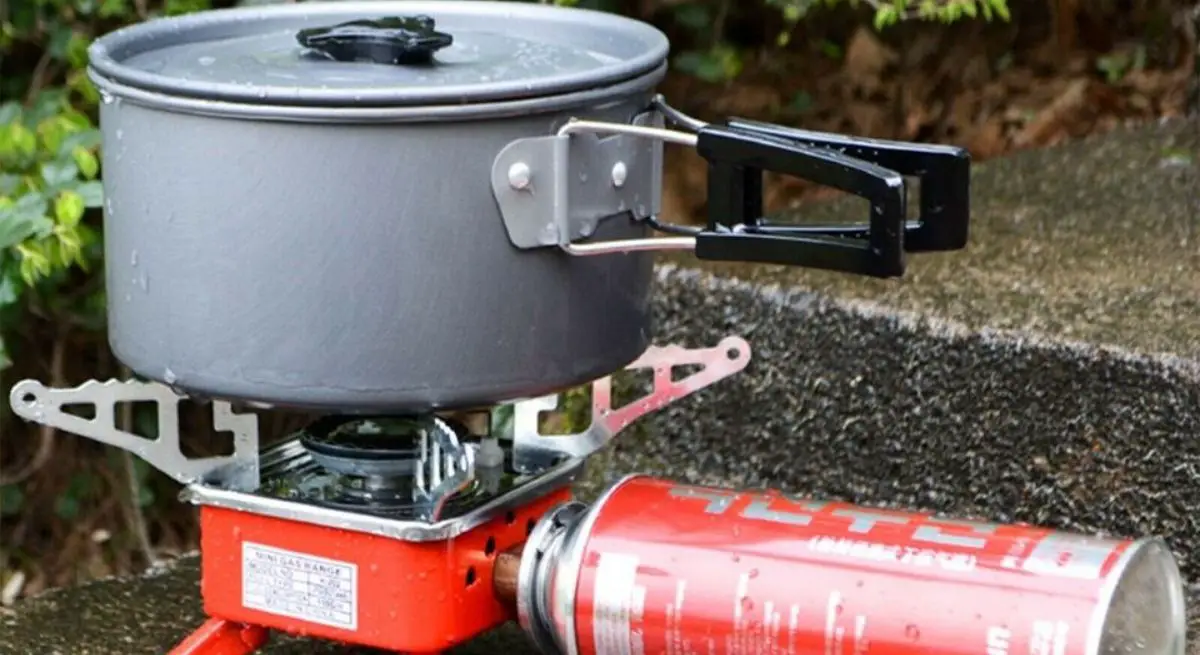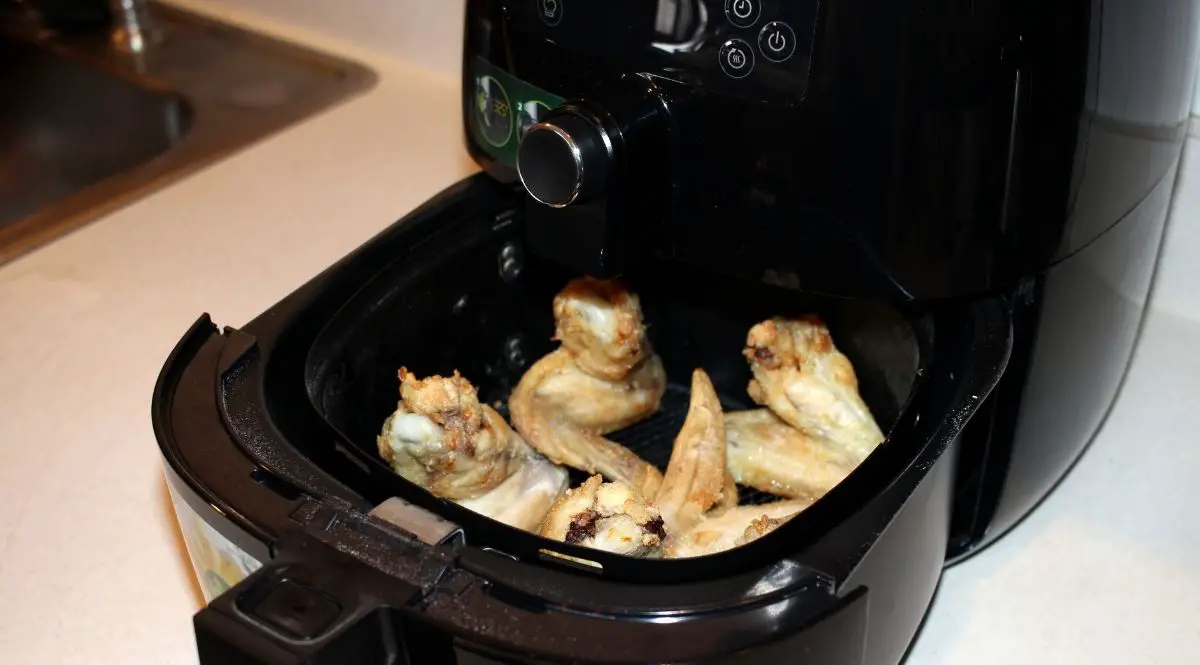When it comes to cooking when camping, nothing compares to cooking over an open campfire. Cast iron pans over the open fire are one of the tried-and-true ways to cook outdoors and elevate the meals you prepare. Whether frying eggs or simmering stews, cast iron withstands the heat and lasts a lifetime. While fun, there are some steps to include and remember while using cast iron over a campfire.
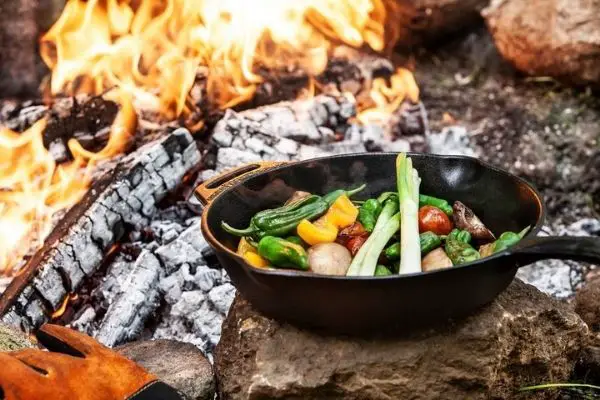
Cast iron cookware is ideal while cooking over open fires as it creates an even heat throughout the cookware and is durable. Few pans, aside from cast iron, are durable enough to withstand the open flames of fire. There’s a reason cast iron pans have been passed down from generation to generation.
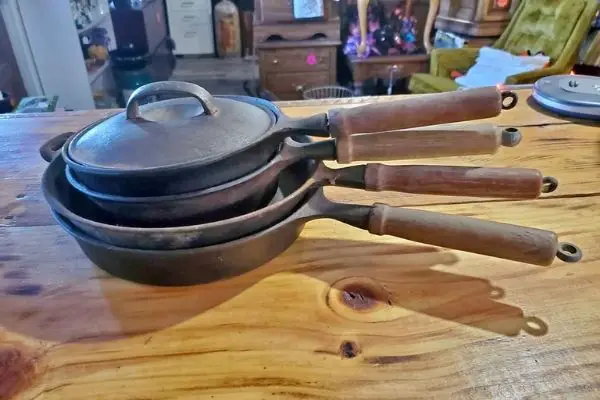
My preference for cast iron pans, aside from durability, includes the hint of smoke in the flavors of the cooking creations. An excellent recipe to try for Cast Iron Egg Bake is included in our breakfast ideas here.
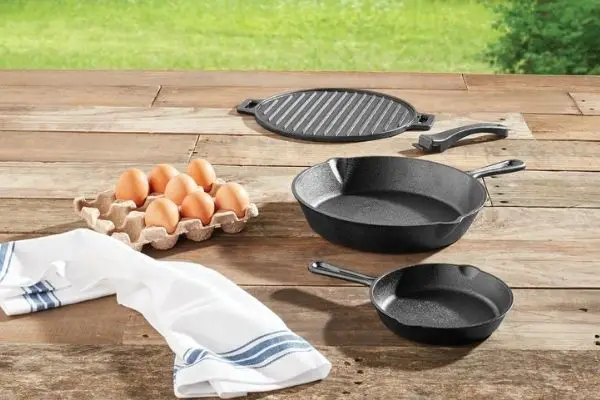
Before you begin, you’ll want to make sure that your cast iron is ready for use. A properly seasoned pan, which is the process of creating a Teflon-like barrier in your pan, is essential as cast iron is a porous material. It is this step that prevents the pan from rusting and makes cooking a breeze with its non-stick barrier.
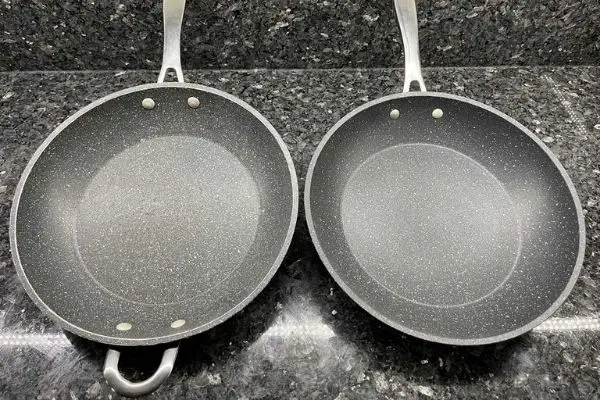
Following the maintenance guidelines and best cooking practices ensures that your pan(s) are properly prepared to feed the brood and make clean-up a breeze. Taking good care of your pans will protect the cast iron for years, and generations to come.
Will Using A Cast Iron On A Campfire Ruin It?
Cast iron cookware will not be damaged by cooking or placing it in a campfire. The worst damage that a campfire can inflict on cast iron cookware is to remove the seasoned finish on the cookware.
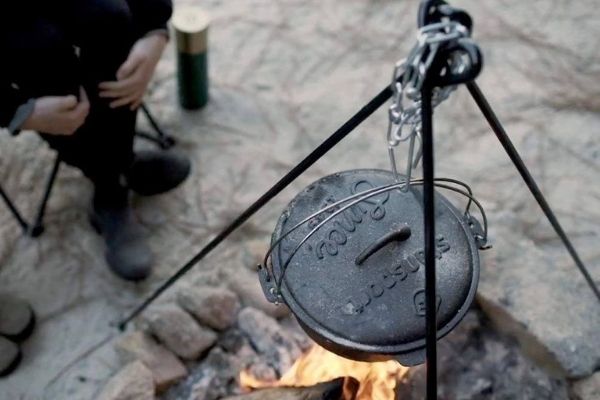
Cast iron steel melts at 2750° F, while the hottest a campfire reaches is 900 ° F. So there is no worry about cooking on an open campfire. The bigger concern cooking over a campfire is knowing when to cook over the open fire or if your cast iron is too hot to be cooking in it.
Can You Cook On An Unseasoned Cast Iron Cookware?
Using unseasoned cast iron cookware to cook is possible, however, you may experience some sticking of some foods such as eggs. This can be typically overcome with a liberal coating of a high smoke point oil and allowing the oil to heat to the point where it is dancing before adding the food cast iron pan.
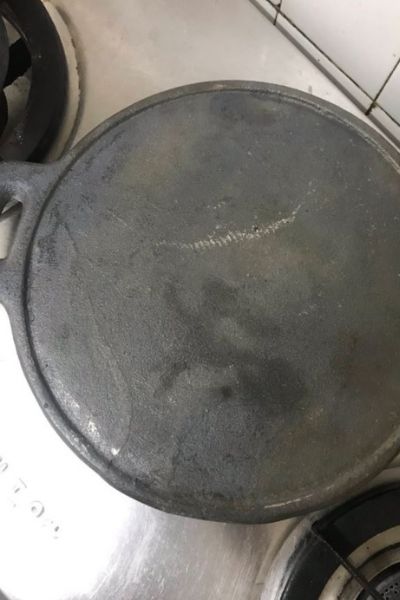
Continuing to use the cast iron cookware in this manner will contribute to the seasoning of the cast iron cookware and create a non-stick surface over time. As long as there is proper cleaning with hot water or just wiping the cookware out with paper towels after use.
How Should A Seasoned Cast Iron Skillet Look?
look for a glossy sheen and a darker, brown color. The surface should feel slick- that slickness is what provides the release of foods from the pan. If the pan does not have these characteristics, you’ll need to season it.
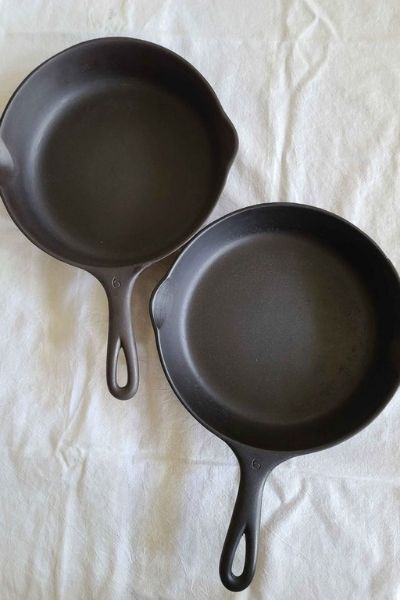
Look for any signs of rust; if rust is present, the pan will need to be seasoned as well. Rust in the pan means that the seasoned barrier was not in place, thus allowing moisture to dwell within the iron. There are really a couple of ways to season a cast iron cookware: Oven or stovetop. Both work just as well.
Oven Method To Season A Cast Iron Cookeware
To season, wash the pan or skillet well with hot water and then dry completely. Spread a thin layer of oil, such as flax, grapeseed, or avocado oil, or lard onto the basin and inner sides of the pan, and place upside down in a 400-degree oven, with a pan underneath to catch any drippings.
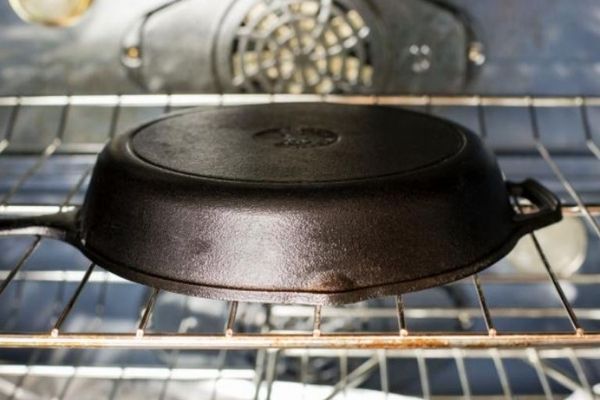
Bake the cast iron for one hour and then turn off the heat until cooled. Once out of the oven, wipe the pan with a paper towel to capture any excess oil. To keep this seasoning, be sure to cook with lots of oil and some fatty foods to continue to build upon the seasoning.
You can and should repeat the seasoning process again if you notice any areas that did not get seasoned the first time. In the future, you may find some of the seasonings have worn off, and if so, you will want to re-season the cookware.
Stove Top Or Campfire Method To Season Cast Iron Cookware
If you are out camping and need to re-season your cookware, you can just clean off any rust, wipe it dry and place it over the fire. Allow the cast iron to dry, then add oil and bring it to a smoke point and remove from the heat. Let the pan cool and wipe out the excess oil. Repeat this step a few times and your cast iron cookware will have a new seasoning layer on it.
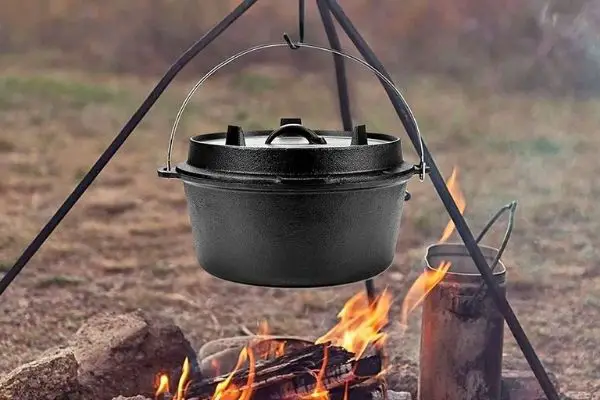
The More you use the cast iron the better the seasoning or nonstick will become on the cast iron pan or skillet.
What Type Of Oil Is Best For Cooking In A Cast Iron Pan?
While deciding what type of oil to use when seasoning, and subsequently, cooking, it’s best to look for an oil with a higher smoke point. Ghee/clarified butter, avocado, duck fat, coconut oil, and favored for their high smoke points, making these oils strong campfire cast iron contenders. Butter and lard are also exceptional performers, as well as the pantry staples of vegetable, canola, and corn oil.
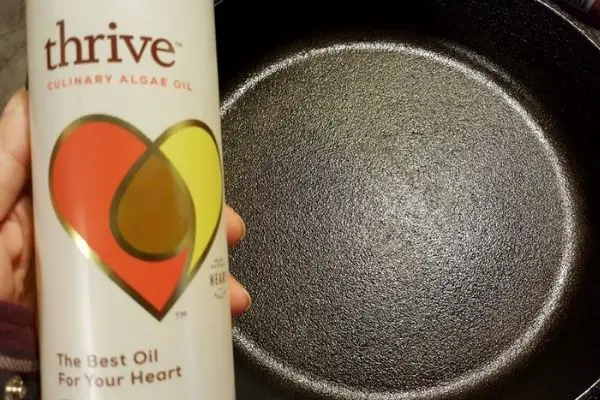
The higher the smoke point, the easier it is to cook over high heat. Regardless of which oil you choose, the use of oil is important to prevent sticking and to build upon the seasoning. A liberal amount of oil can and should be used for these reasons.
Is Cooking With Cast Iron Different From Stainless Steel And Non-Stick?
Cooking with cast iron on fire is the best cookware you can use. It does cook differently than stainless steel or non-stick pans. Cast iron cookware takes a little longer to achieve a higher heat, but they also maintain the higher heat for longer when foods are added to the pan and thus take a bit longer to cool.
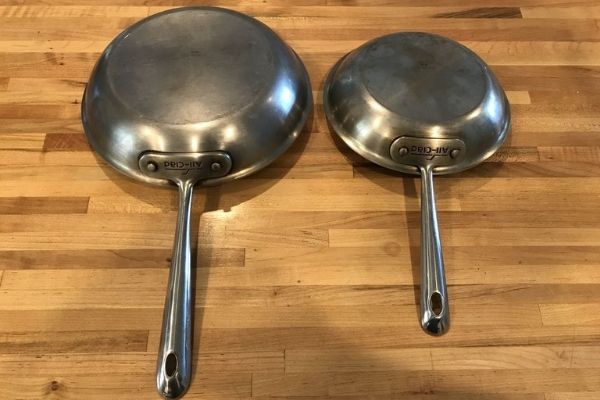
As for where stainless and thinner non-stick pans reach a higher temperature faster and cool faster, which results in burned food from the rapid rise in temperature and uneven heating of a campfire.
Stainless steel is meant to be cooked over moderate heat and more precise temperature control of a modern stove. The high heat of a campfire tends to turn stainless brown quickly and covers the outside of the stainless cookware with a coat of soot from the campfire. The high heat of the fire- using stainless steel could result in warped pans and meals thrown away in the garbage.
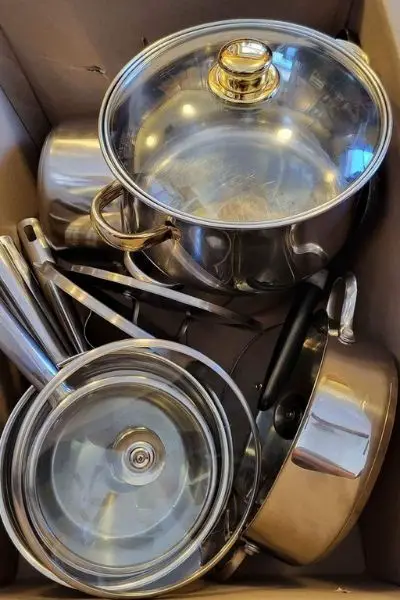
Using non-stick pans can suffer the same outcome, as well as releasing and cracking the non-stick substances, which in turn can contaminate your food. Heat doesn’t distribute as evenly with pans ill-prepared for high temperatures, and most likely will result in a mishap.
Why Does My Cast Iron Skillet Burn Everything?
The cast iron is too hot and thus the outside of the food becomes overcooked before the heat has had time to penetrate the middle of the food. If you place a steak in a very hot frying pan and the outside becomes burned, while the steak is still rare in the middle.
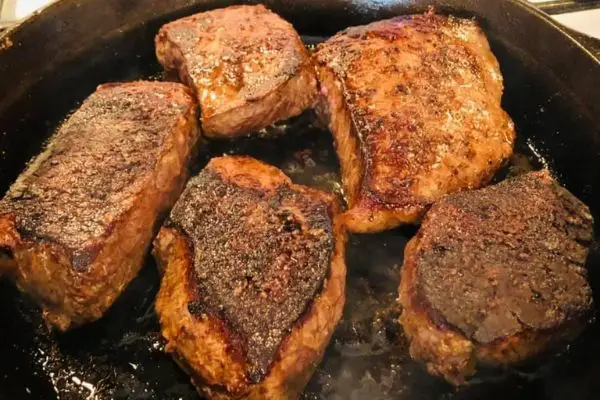
The solution for burning food is to take your cast iron pan off the flame for a few minutes to allow the pan to cool a bit before adding your food to the cast iron frying pan. You can always test the heat with a little piece of meat if you are unsure if it’s too hot.
How Do You Cook Over A Campfire With Cast Iron Cookware?
Cooking over a campfire is a bit of an art in controlling the ideal temperature, by swinging the cookware over and off to achieve the ideal heat to cook the food while not burning or undercooking the food.
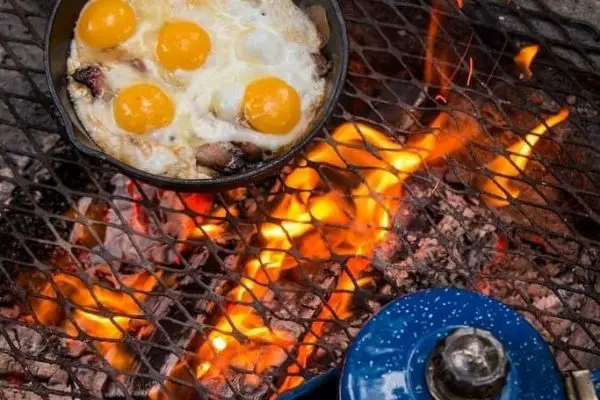
The 1st step is to light a fire and create enough hot coals to cook the food. This might require a few logs and some ample time prior to cooking.
Once the fire has burned down a bit and a few flames remain it’s time to heat up your cookware and add the oil. By using a swivel grill, you can control the cooking and temperature of your cast iron griddle or pans.
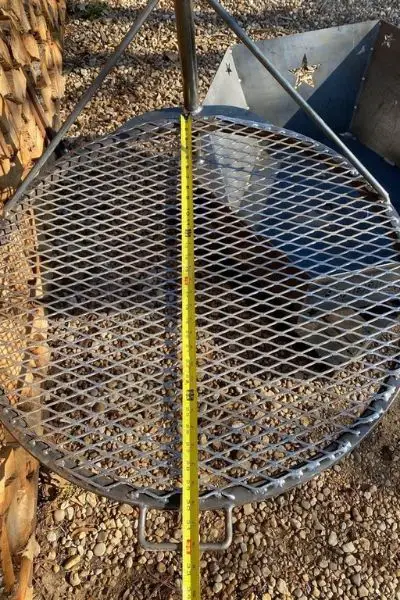
The height and how long you hold the swivel grill over the hot coals will determine how fast your cast iron will get. Remember you will want a poker stick or some fire resistant leather gloves to move the swivel grill over the fire. My preference is to use leather gloves as it provides more options.
There is much more that is required to explain how to cook with cast iron griddles and skillets, go to this article for the full details on how to cook with cast iron griddles and skillets. Cooking with a cast-iron Dutch oven is a little different yet you can visit this article on that method of cooking.
What Can I Cook In Cast Iron Over The Campfire?
There is a wide variety of food that can be cooked in a cast-iron pan or Dutch oven.
From cooking eggs, bacon, and pancakes for breakfast, and then for lunch you can make a grilled cheese sandwich. For dinner, you can sear steaks, fry up some potato wedges in butter, and panfry asparagus in oil on the side. In a Dutch oven, you can even cook all kinds of bread and stews and chilies.
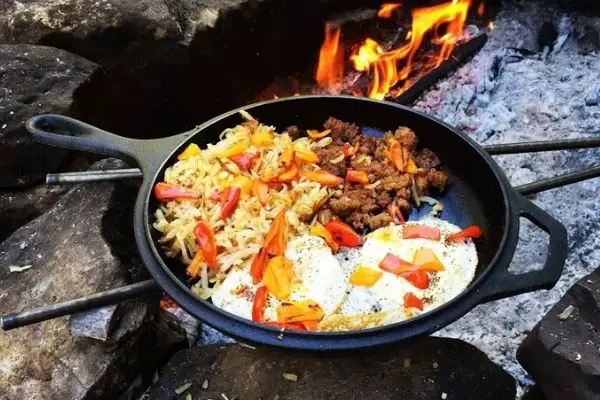
For dessert, take the effort out of roasting marshmallows for s’mores and just place the chocolate bars on the bottom of the pan and top with marshmallows for a quick 15-minute bake over the coals. Scoop up the goodness with graham crackers.
Think of cooking with cast iron as any normal type of cooking, and just be aware that the heat is much higher and cook-time will be lesser based upon the amount of heat. Some of my favorites include Cast Iron Skillet Cornbread and a good old-fashioned beef beer stew. Regardless of what you choose to make, be open to experimenting and finding your next best recipe.
Can You Put An Enameled Dutch Oven On A Campfire?
Enamel Cast Iron cookware is not recommended for high heat use such as open campfires. Enameled Dutch ovens, cast iron coated in enamel, sure are pretty with their multiple arrays of colors and sizes. Enameled cast iron, however, is not recommended for high heat use. The enamel can crack and chip and will permanently burn and stain the coating.
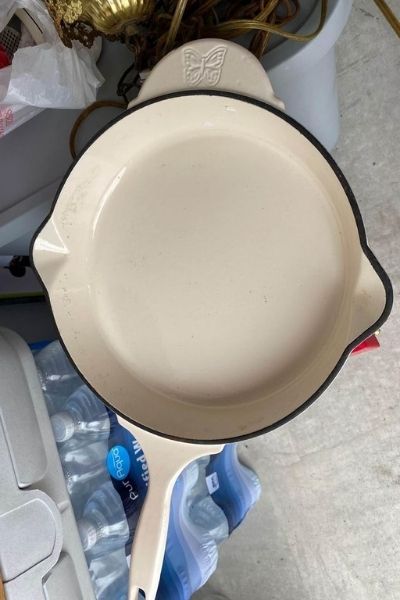
Popularity with enameled cast iron has grown in the last couple of decades and while they are excellent pans to cook with, it’s best to keep them in the kitchen. Often considered investment pieces to your kitchen arsenal, it would be a shame to have to throw away these pans.
If you happen to use your enameled cast iron over a campfire and the outside is black from the carbon from the fire, it may still be possible to clean it up and salvage the piece. Let’s have a look at how to clean and care for your Cast iron cookware.

